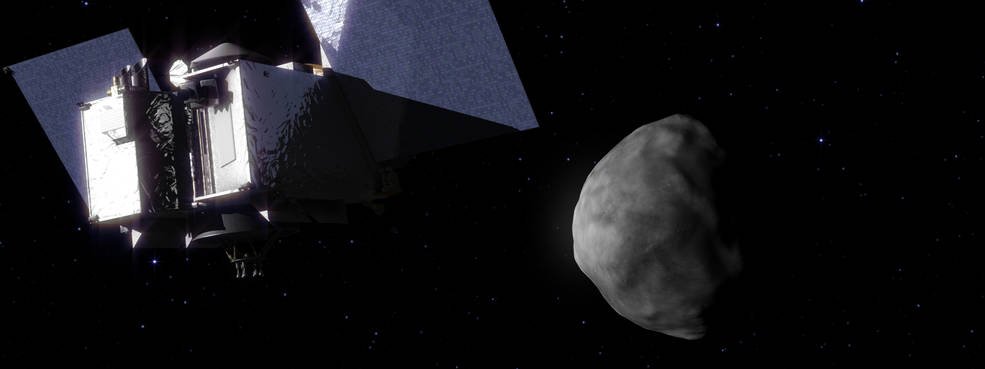NASA spacecraft will pass through Australian skies this weekend

THIS SATURDAY, stargazers will have the opportunity to see NASA’s OSIRIS-REx spacecraft being sling-shotted across Australian skies as it continues its journey to the asteroid Bennu, where it plans to land in 2018.
Astronomers from Curtin University have estimated that the spacecrafts pathway will take approximately one hour, beginning over Rockhampton at 00.22 am (AEST) and will then exit over Adelaide at 00.53 am local time.
Unfortunately, the spacecraft can not be viewed by the naked human eye. However, professional and amateur astronomers who have the appropriate telescopes and high-end cameras will be in for a show.
NASA is encouraging budding astronomers to take part in the ‘Wave to OSIRIS-REx’ social media campaign where viewers are encouraged to share a picture of themselves waving to the spacecraft alongside the hastag #HelloOSIRISREx.
The spacecraft— launched in September last year, intends to take samples from the 492m-diameter asteroid, Bennu which astronomers say has a one in 2500 chance of hitting earth late next century.
Edward Beshore, from the University of Arizona and Deputy Principal Investigator for the mission, says understanding Bennu’s experiences will provide scientists with more information about where the Solar System came from and how it evolved.
“Like the detectives in a crime show episode, we’ll examine bits of evidence from Bennu to understand more completely the story of the Solar System, which is ultimately the story of our origin,” Edward said.

An artist’s concept of NASA’s OSIRIS-REx asteroid-sample-return spacecraft arriving at the asteroid Bennu. (Image Credit: NASA’s Goddard Space Flight Center Conceptual Image Lab)
A time capsule
Scientists believe Bennu may have formed as a result of a collision between a planetesimal (small celestial body) and an asteroid about one billion years ago.
In the millions of years following the collision, it’s thought Bennu’s orbit gradually tightened before interaction with Saturn’s gravity thrust it into the inner solar system – where it can be studied.
It is believed Bennu may consist of chondrules – small lumps of dust flash heated into droplets of molten rock during the formation of the solar system 4.5 billion years ago – which through gravity, clumped together to form planets, asteroids and other geological features.
These chondrules are essentially the building blocks of the Solar System, and Edward says the sample collected will allow researchers to study “some of the most pristine material to be found anywhere in the Solar System.”
“On planets like Earth, the original materials have been profoundly altered by geologic activity and chemical reactions with our atmosphere and water,” Edward says.
“We think Bennu may be relatively unchanged – so this asteroid is like a time capsule for us to examine.”
READ MORE:




